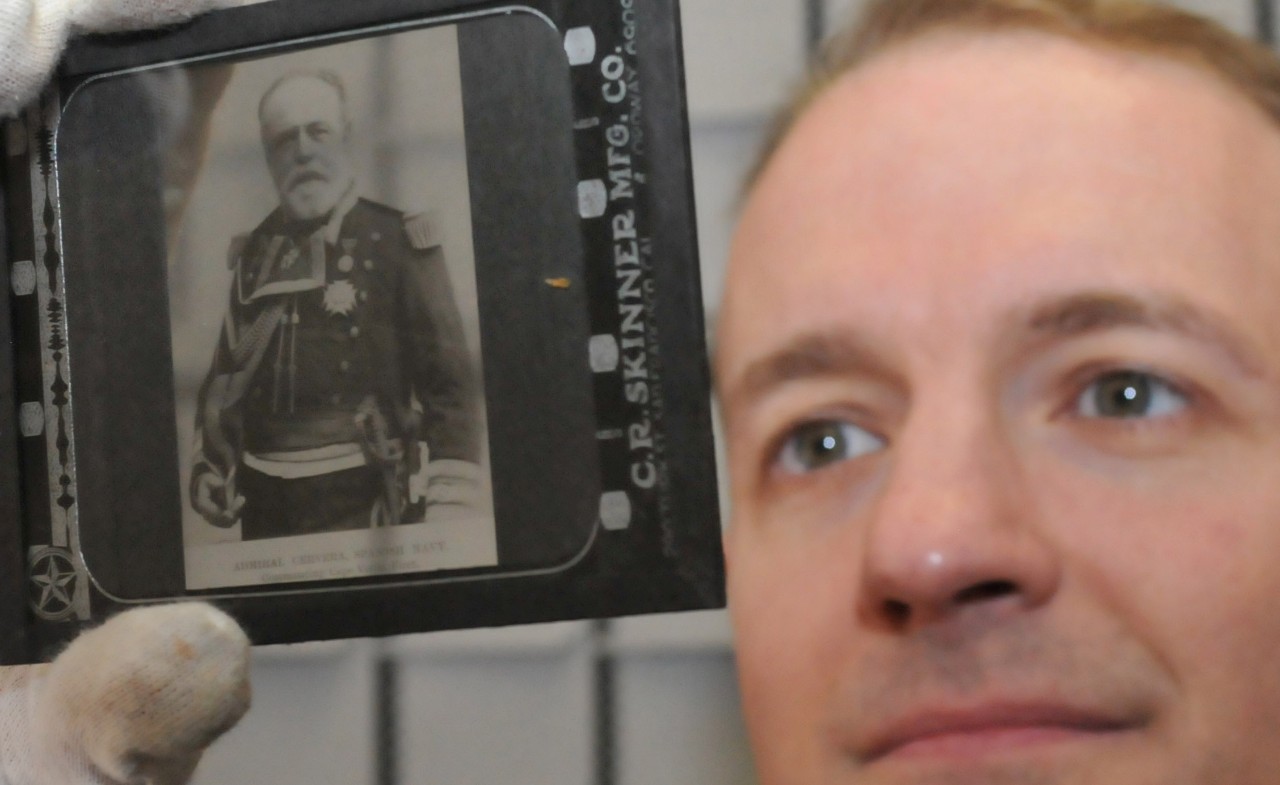
WASHINGTON (NNS) -- It is widely accepted that modern photography was born when it was first introduced commercially in 1839. Since then countless images have snapped of Navy actions and Sailors around the world in times of crisis, conflict, strife and need. Archiving a small portion of that American body of work is the job of the Naval History and Heritage Command's Photo Archive, which includes in its inventory imagery dating as far back as the Civil War-era and extending through to the mid-1990s.
"We are estimating somewhere in the neighborhood of one million individual photographs," said Lisa Crunk, lead archivist for NHHC's three photo archivists. "We have never done a count because we don't have an actual database that can do that yet. We're anticipating our new digital asset management system in June. That system will allow us to catalog all of the photographs."
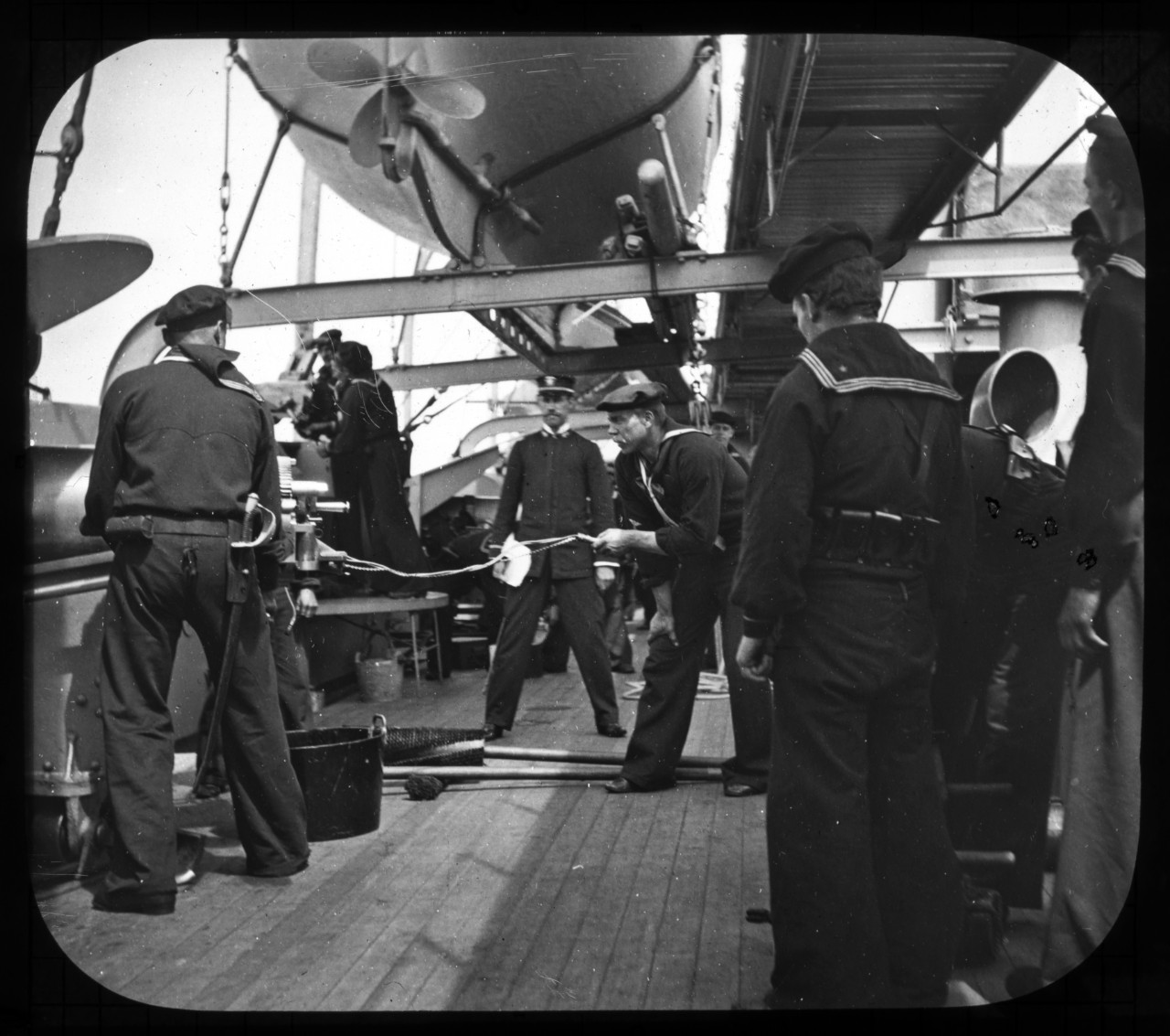
The Navy's Photographic collection captures some amazing scenes from maritime history, from age-old example of Navy life before the turn of the 20th century in "Old Salts" of USS Hartford in 1877 to a picture of SBD "Dauntless" dive bombers from USS Hornet (CV-8) approaching the burning Japanese heavy cruiser Mikuma to photogrpahs of former presidents John F. Kennedy, Lyndon B. Johnson, Richard M. Nixon, Gerald R. Ford, James E. Carter or George H.W. Bush, at sea, in the air or at play in their uniforms.
"There really there are no photographs that are more popular than any other," said Crunk. "Though there are subjects that have more interest - the subject that has the most interest is World War II."
Beyond simply cataloging the collection another major challenge for the photo archive team is that many of the images don't have accompanying caption information.
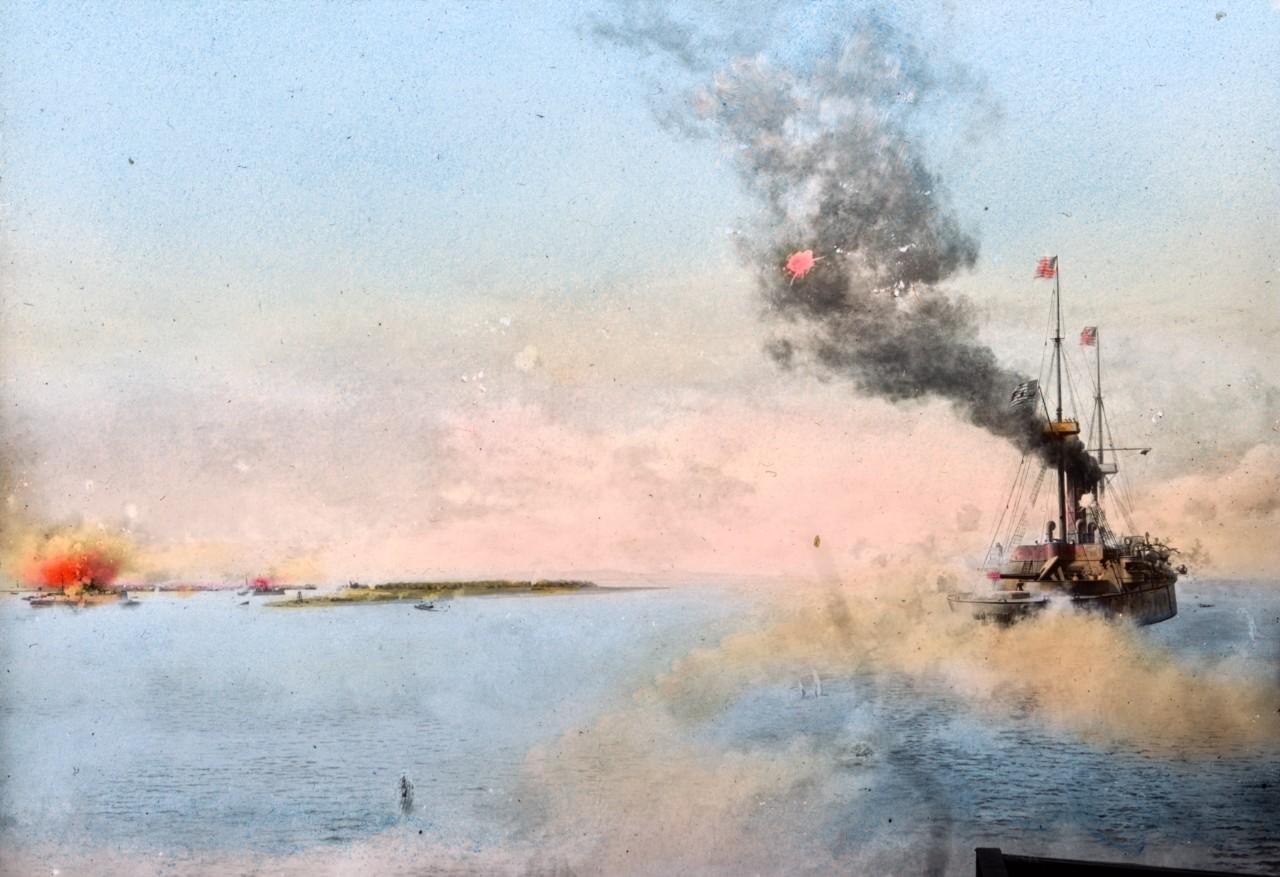
"Approximately a quarter of a million have descriptions," Crunk said. "The rest have very limited or no descriptions."
Located on the second floor of NHHC's Building 57 on the Washington Navy Yard, the photo archive is more reminiscent of a government filing room than a library. The front of the archive, recently updated, holds 800-900 one-half cubic foot archival quality metal edge boxes stacked on shelves reaching about 8-feet high. That "L" collection - boxes, labeled with the letter "L," varying subjects, filing numbers and including more than 100,000 photographs - line the room, leaving a little space for the two desks where you'll find the command's three photo archivists hard at work.
The archive hosts five more distinct collections.
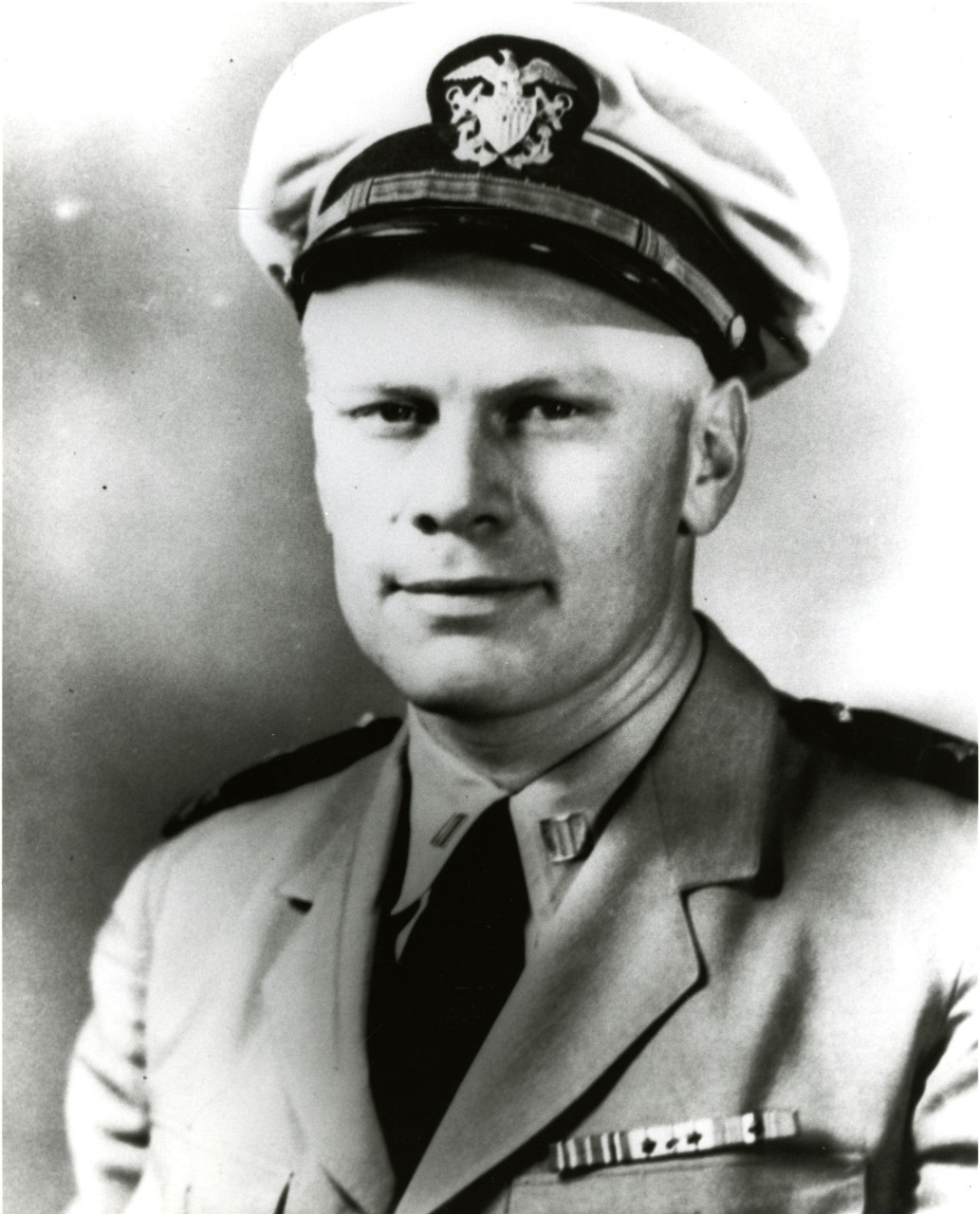
"The NH collection, the NARA (National Archives and Records Administration), the NRNL Collection, the 'U' collection and the 'S' collection," Crunk explained. "The NH collection goes to the early 1970s. The NRNL collection is mostly pre-World War I and about 120,000 photographs. The NARA collection is copies of 40,000 photos also held at NARA. What's left are the 'S' collection and the 'U' collection. The U and S collections are donated materials from private individuals - Sailors, former Sailors and their families - that have found their way to us. That is what we are doing right now, getting a better sense of those large donated collections."
And that's where NHHC's photo archive holds an advantage over the National Archives.
"We differ from the National Archives in that we do take private donations rather than official records," Crunk said.
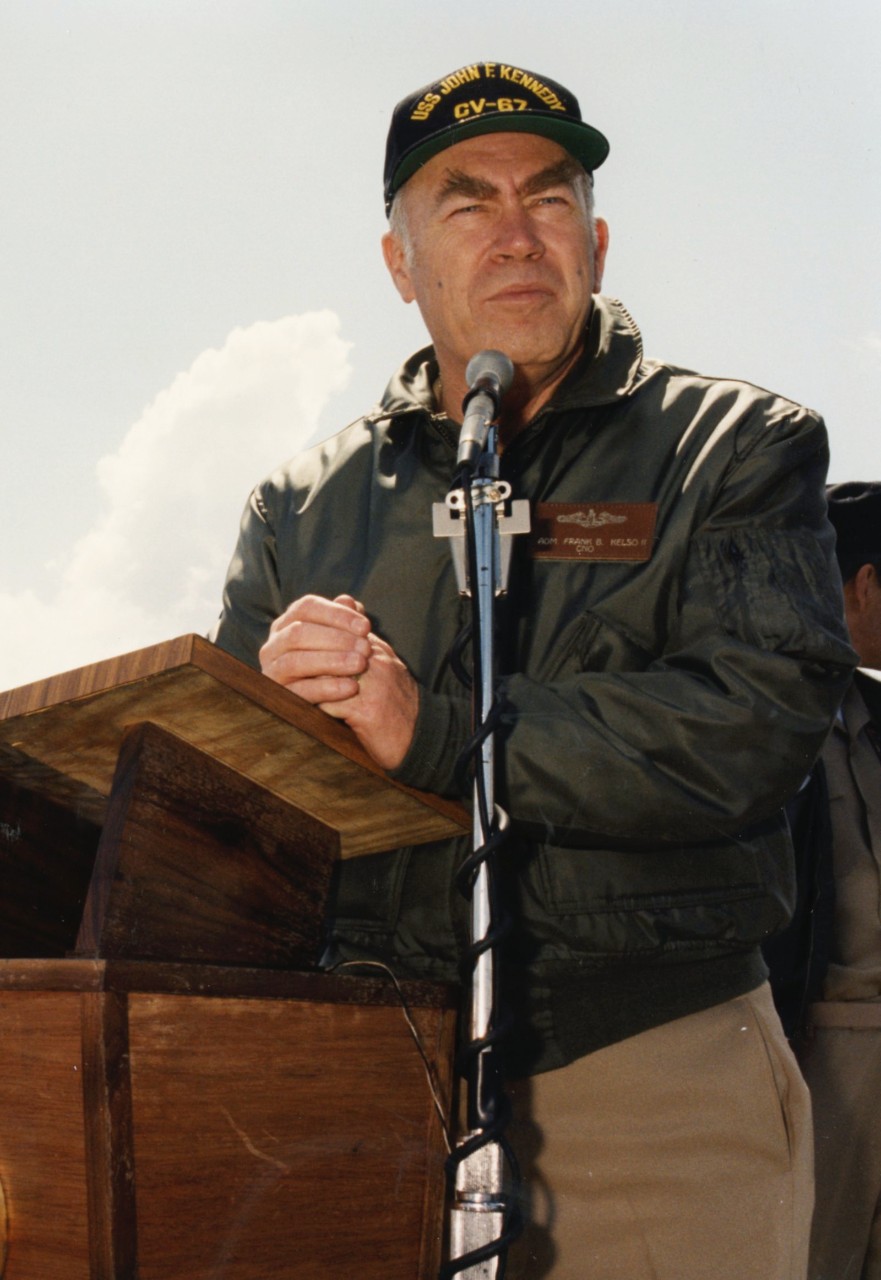
The majority of NHHC's collection of photos comes from private donations.
"We get a lot of great photographs from retirees," Crunk said. "They have sent their image collections - their photo albums and scrap books - to us."
Those donations are something that the archivists are just now getting a grasp on. Connected to the box-filled front of the archive, two additional rooms are filled with five-drawer filing cabinets as well as more shelving for oversized boxes and anything that cannot fit comfortably into the cabinets. This is where the majority of NHHC's collection of photos is housed.
"We don't really have a sense of how large they are," Crunk explained. "That is what we are doing right now, getting a better sense of that large donated collection."
But the 'U' and 'S' collections will most likely never get the attention that the NH and NARA collections have, with individual captions for each photo.
"We go through them every day and we are finding these great collections that have never been seen before beyond the staff that originally collected them 10, 20 or 30 years ago. But, I doubt that we will ever go to item level and catalog every single photograph of those collections," Crunk said. "We will probably do it at the collection level - that means the private individual donor. So if Joe Smith donates a collection and his collection includes 100 photographs, we will describe the collection, but we won't describe every single photo. It takes a tremendous amount of time, effort and the ability to enter it into the collection management system."
The reason it takes so long is that the photos in the collection often have no information associated with them. While they do try to track down information on some of the images, each one represents a fairly challenging research project.
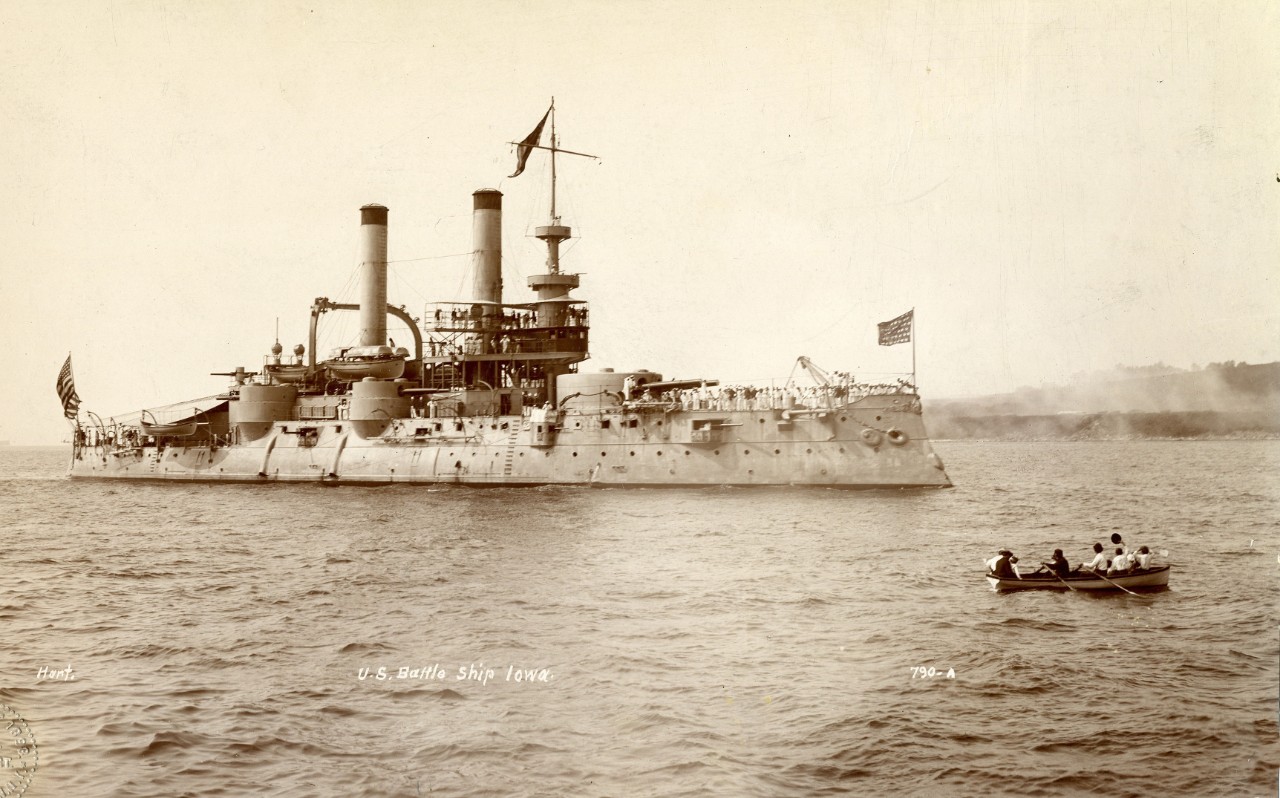
"If it is a recent donation, we will speak with the donor," Crunk said. "We try and get as much information as possible before we even receive it. If is a part of the current collection and there is no paperwork that has descriptive information, it gets tricky. If it's a ship we can generally figure out what ship it is, that leads us to the timeframe. We have historians on staff and we sometimes ask them to help us date the photos and help with description. It can take as little as a day, or up to a few weeks."
Though computers have made it easier to get NHHC's historic photos online, very little of the archive is available through that medium.
"Our website has about 26,000 item level images," Crunk said. "Those are mainly from the NARA collection and the NH collection, we haven't gotten the chance to get to those other collections before."
With the advent of the NHHC's new website, rolling out this summer, the archivists are preparing the donated collections for the public.
"We are getting them ready to be potentially digitized and at least writing some sort of description so that the public knows that we have them," Crunk said.
Also the archivists will be receiving a Digital Asset Management (DAM) system to help with cataloging.
"When we receive the new DAM system we will be entering all the metadata - the donor information, a scope and content note about the collection, a description, date ranges and keywords. Then you can do searches on it. It will revolutionize how we organize, find materials and how the public sees it, because it is all linked to the website. Right now, we type up index cards and file them by subject," Crunk explained.
For those wishing to submit photos to the photo archive, the archivists recommend getting in touch with them by phone or email.
"Let us know that you have a donation and tell us what it is about," Crunk said. "We will get back with you and let you know if that fits our collecting policy."
Their policy is relatively simple. Photos must be Navy specific and in decent condition.
"You may have tears or wrinkles. That we can repair. If it is torn in two or so badly damaged that we cannot unroll it or it has severe water damage we may not accept it. For the most part though, if it has to do with Navy life we will accept it. If it is a Sailor in uniform or on leave with his buddies, there is a cultural interest there," said Crunk.
To contact NHHC's photo archive call 202-433-2765 or emailnhhcphotoarchive@navy.mil.
The Naval History and Heritage Command, located at the Washington Navy Yard, is responsible for the preservation, analysis, and dissemination of U.S. naval history and heritage. It provides the knowledge foundation for the Navy by maintaining historically relevant resources and products that reflect the Navy's unique and enduring contributions through our nation's history, and supports the Fleet by assisting with and delivering professional research, analysis, and interpretive services. NHHC is composed of many activities including the Navy Department Library, the Navy Operational Archives, the Navy art and artifact collections, underwater archeology, Navy histories, nine museums, USS Constitution repair facility and the historic ship Nautilus.
To find out more on the NHHC's Photo Archive, visit http://www.history.navy.mil/branches/nhcorg11.htm
For more information on the Photo Archives' holdings visit NHHC's online library of selected images at http://www.history.navy.mil/branches/org11-2.htm.
For more news from Naval History and Heritage Command, visitwww.navy.mil/local/navhist/.


